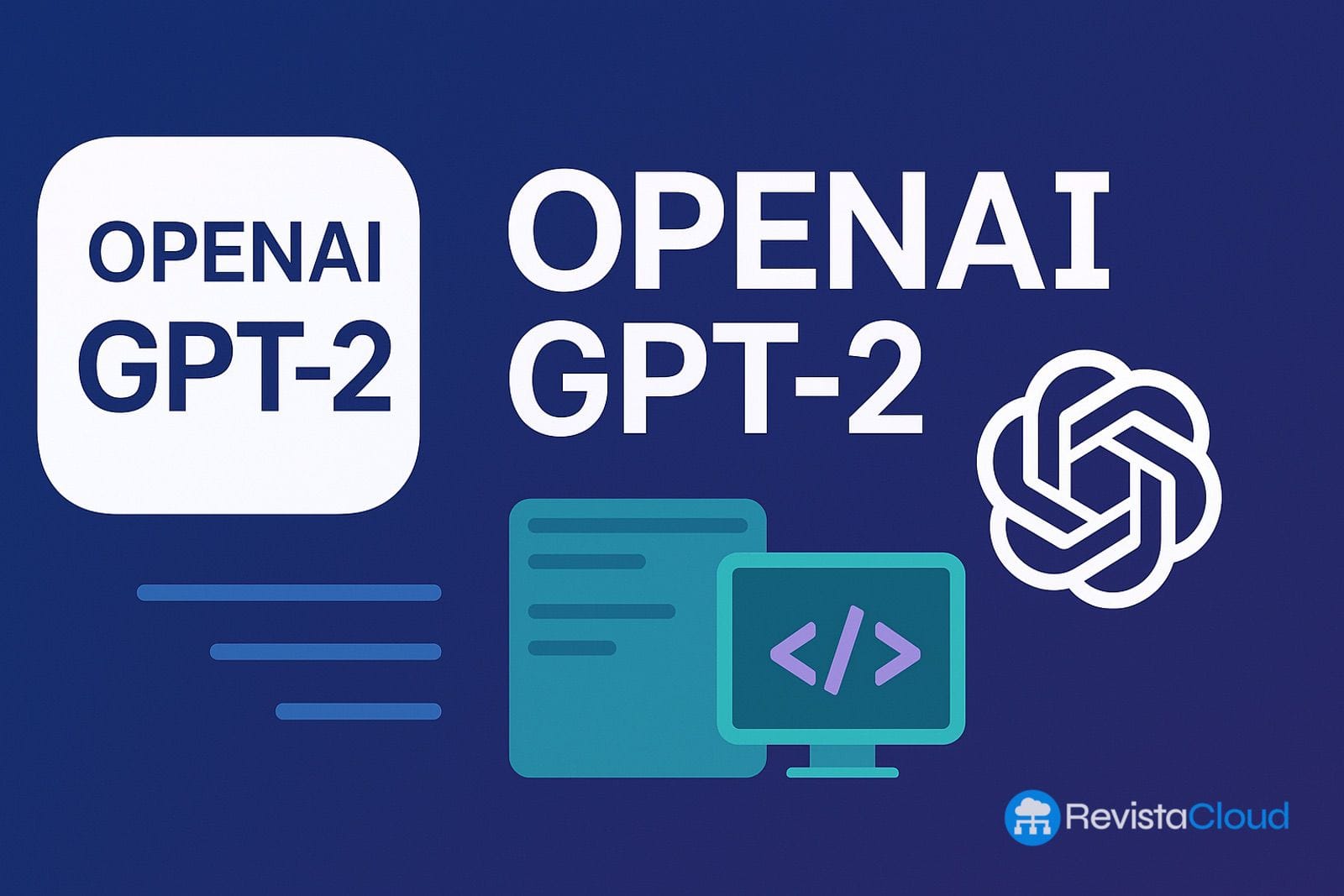The company led by Sam Altman announces the launch of its first open-weight language model since GPT-2, with a clear focus on the technical community and customization.
OpenAI has taken a step that could mark a turning point in its technological strategy: it will launch a new open-weight language model in the coming months. While it will not be completely open source, it represents a significant shift for a company that has until now fiercely guarded its most advanced models, such as GPT-3.5 and GPT-4.
This announcement comes with an open invitation to the community: developers, businesses, and researchers will have the opportunity to test prototypes of the model and provide direct feedback through a series of in-person events in the United States, Europe, and Asia-Pacific. The goal is clear: to build a model that is truly useful, flexible, and powerful for multiple real-world use cases.
What is an open-weight model and why does it matter?
Unlike the models that OpenAI has previously offered through its API or ChatGPT, an open-weight model includes public access to the trained parameters—the “weights”—that define how the model processes and generates information.
This will allow any organization or user with the necessary technical capability to:
- Run the model on their own infrastructure.
- Fine-tune it for specific tasks.
- Integrate it directly into private applications.
- Control security, privacy, and performance without relying on external servers.
It’s a proposition that approaches a hybrid model between proprietary and open, similar to the path taken by other initiatives like Meta’s LLaMA or Mistral. While the training code and datasets will not be published, this level of openness is a notable change in OpenAI’s trajectory.
Context: Competitive Pressure and Narrative Change
OpenAI has dominated the public narrative around artificial intelligence since the launch of ChatGPT in 2022. However, the landscape in 2025 has changed radically. Models like Gemini from Google, Claude from Anthropic, Mistral, and the Chinese DeepSeek-VL are eroding its technical and media advantage.
Additionally, the discussion around technological sovereignty and the use of AI in sensitive contexts (like healthcare, defense, or banking) has led governments and large corporations to demand greater transparency and control over the models they use. The new open-weight model directly addresses this demand.
Events, Prototypes, and Direct Feedback
According to OpenAI, the model will undergo its internal Preparedness Framework evaluation to ensure its safety and robustness, especially since it will be modifiable after launch. This factor multiplies the challenges of misuse and security.
Before the final rollout, OpenAI will organize in-person meetings with developers, starting in San Francisco and continuing to cities across Europe and Asia. Participants will have the chance to interact with early prototypes, suggest improvements, and explore possible integrations in their technological environments. Those interested can sign up through openai.com/open-model-feedback.
What can we expect from this new model?
Although OpenAI has not revealed specific technical details, it has indicated that the model will have strong reasoning capabilities, pointing to more complex tasks such as:
- Programming assistants or advanced co-pilots.
- Analysis and generation of specialized content.
- Automation of business workflows.
- Processing of legal or scientific documents.
There is also the possibility that, in the future, lighter or adapted versions for local devices may be released, opening the door to new offline applications or edge computing.
A New Paradigm for Enterprise AI?
The move by OpenAI comes at a transformative time for many organizations, which seek to adopt AI without relying 100% on cloud services or without sharing their most sensitive data with third parties. This new model could become the missing piece for companies, governments, and independent developers to feel more comfortable integrating AI into their critical processes.
Furthermore, it reinforces the idea that artificial intelligence should not be a black box, but rather a technology that evolves with active community participation.
OpenAI has understood that having the most powerful model is not enough. In an era of distributed and customizable AI, access, adaptability, and transparency are becoming key factors. Its new open-weight model, although limited, marks a new era in the relationship between major AI developers and their technical community. The world of open artificial intelligence, albeit partial, is already here. And this is just the beginning.
Source: Artificial Intelligence News

